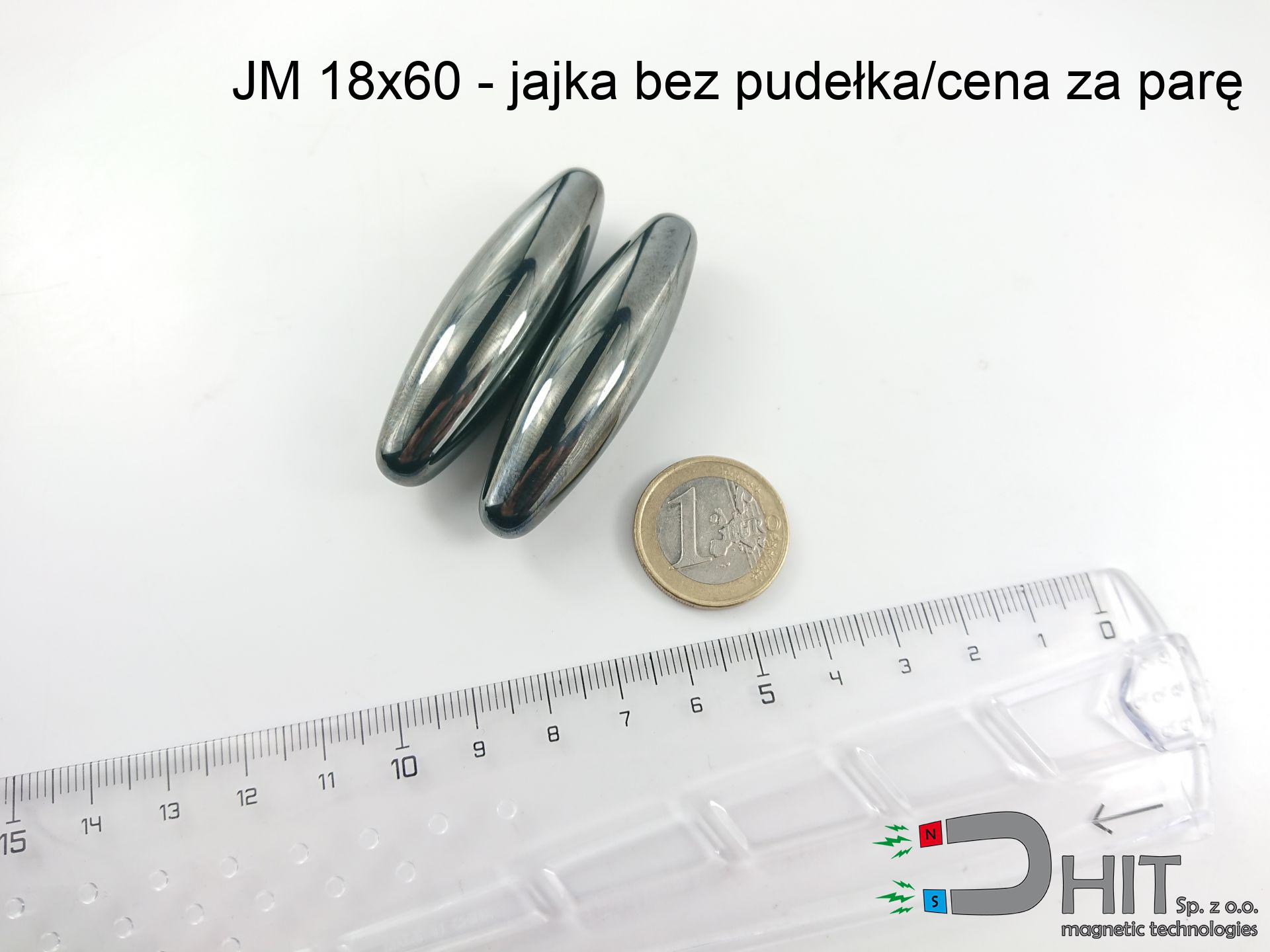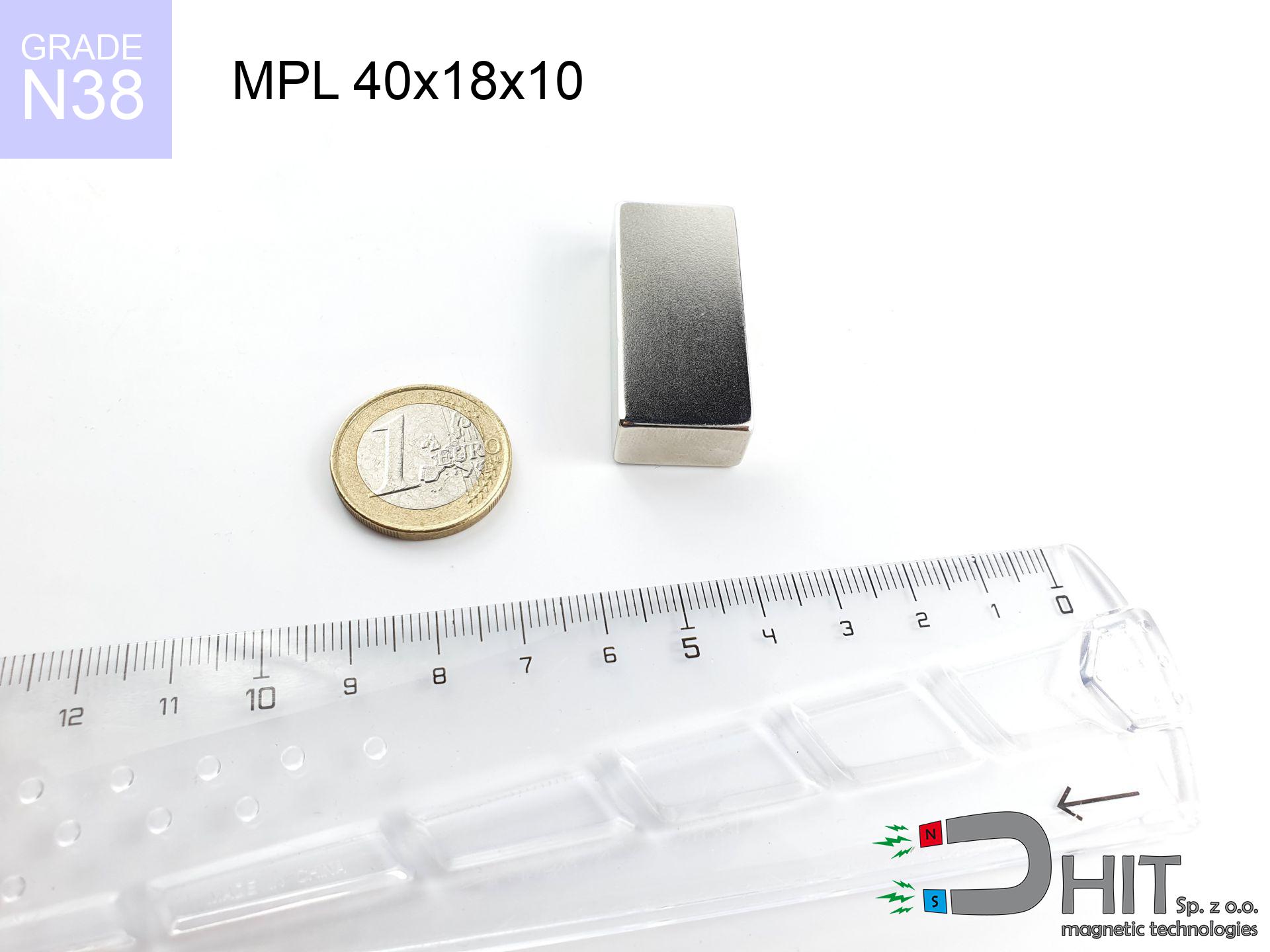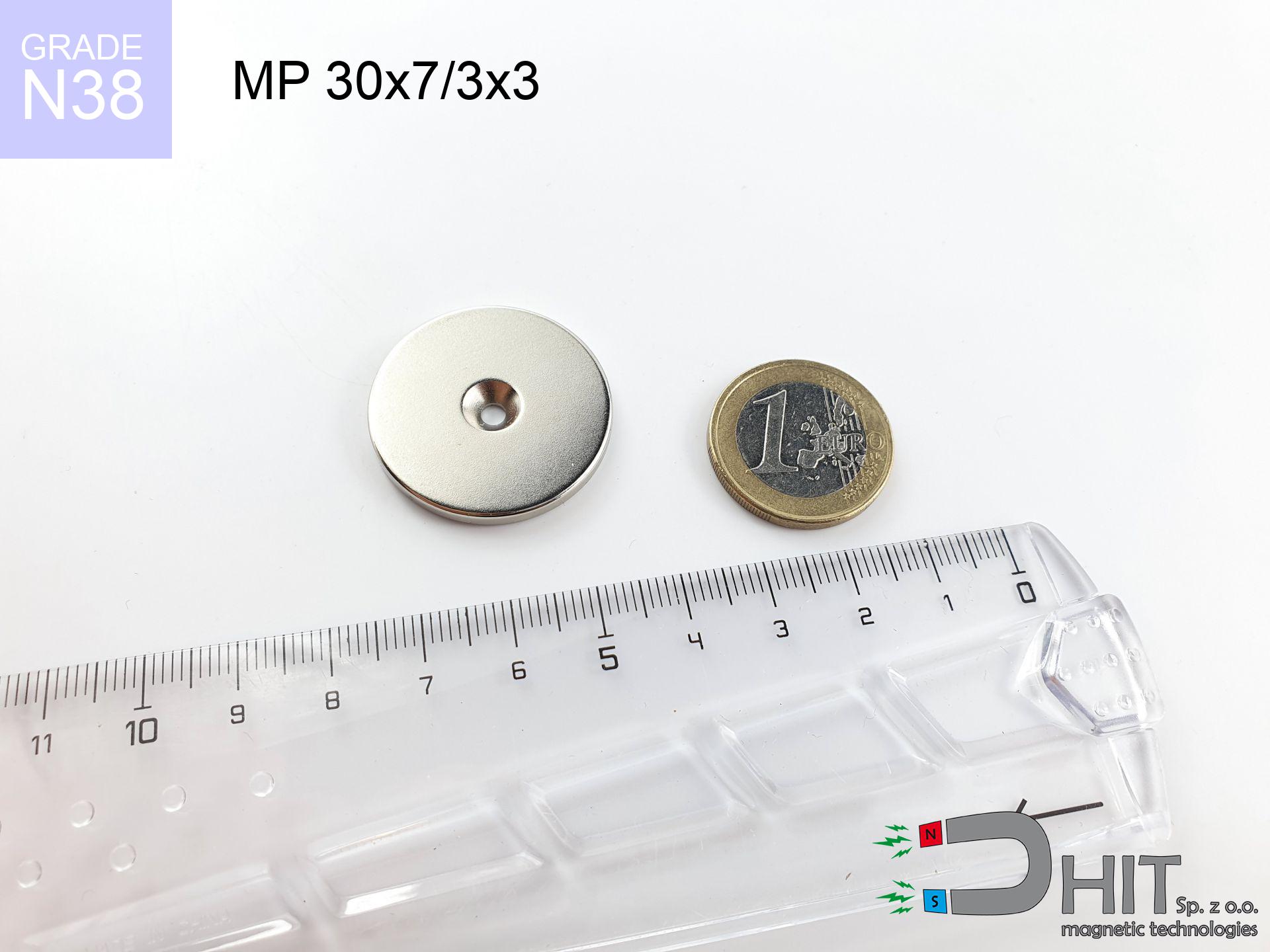JM 18x60 - jajka bez pudełka/cena za parę - magnetic eggs
magnetic eggs
Catalog no 270213
GTIN: 5906301814412
Weight
83 g
8.99 ZŁ with VAT / pcs + price for transport
7.31 ZŁ net + 23% VAT / pcs
bulk discounts:
Need more?Not sure about your choice?
Pick up the phone and ask
+48 888 99 98 98
if you prefer get in touch using
request form
the contact page.
Parameters along with structure of neodymium magnets can be verified on our
magnetic calculator.
Orders submitted before 14:00 will be dispatched today!
Magnetic properties of material
Physical properties of sintered neodymium magnets Nd2Fe14B at 20°C
Shopping tips
Strengths and weaknesses of neodymium magnets.
Apart from their consistent power, neodymium magnets have these key benefits:
- They have stable power, and over around 10 years their attraction force decreases symbolically – ~1% (in testing),
- They possess excellent resistance to weakening of magnetic properties due to external fields,
- By using a lustrous layer of silver, the element gains an modern look,
- Magnets are characterized by extremely high magnetic induction on the outer side,
- Thanks to resistance to high temperature, they can operate (depending on the form) even at temperatures up to 230°C and higher...
- Thanks to freedom in constructing and the ability to customize to complex applications,
- Key role in high-tech industry – they serve a role in data components, motor assemblies, diagnostic systems, as well as technologically advanced constructions.
- Thanks to efficiency per cm³, small magnets offer high operating force, in miniature format,
Cons of neodymium magnets: application proposals
- At strong impacts they can crack, therefore we advise placing them in special holders. A metal housing provides additional protection against damage, as well as increases the magnet's durability.
- Neodymium magnets decrease their power under the influence of heating. As soon as 80°C is exceeded, many of them start losing their power. Therefore, we recommend our special magnets marked [AH], which maintain stability even at temperatures up to 230°C
- They oxidize in a humid environment - during use outdoors we advise using waterproof magnets e.g. in rubber, plastic
- We recommend casing - magnetic holder, due to difficulties in creating threads inside the magnet and complex forms.
- Possible danger related to microscopic parts of magnets pose a threat, in case of ingestion, which gains importance in the context of child safety. Furthermore, small elements of these devices are able to disrupt the diagnostic process medical when they are in the body.
- With budget limitations the cost of neodymium magnets is a challenge,
Detachment force of the magnet in optimal conditions – what affects it?
Information about lifting capacity was defined for ideal contact conditions, assuming:
- with the contact of a sheet made of special test steel, ensuring maximum field concentration
- possessing a massiveness of minimum 10 mm to avoid saturation
- characterized by smoothness
- with direct contact (without paint)
- during detachment in a direction vertical to the mounting surface
- in stable room temperature
Impact of factors on magnetic holding capacity in practice
Bear in mind that the working load will differ depending on the following factors, starting with the most relevant:
- Space between surfaces – even a fraction of a millimeter of distance (caused e.g. by veneer or unevenness) significantly weakens the magnet efficiency, often by half at just 0.5 mm.
- Pull-off angle – remember that the magnet holds strongest perpendicularly. Under shear forces, the holding force drops drastically, often to levels of 20-30% of the maximum value.
- Substrate thickness – for full efficiency, the steel must be sufficiently thick. Thin sheet restricts the attraction force (the magnet "punches through" it).
- Material type – the best choice is high-permeability steel. Cast iron may generate lower lifting capacity.
- Smoothness – ideal contact is obtained only on polished steel. Rough texture create air cushions, reducing force.
- Thermal conditions – NdFeB sinters have a sensitivity to temperature. At higher temperatures they are weaker, and at low temperatures gain strength (up to a certain limit).
* Holding force was measured on a smooth steel plate of 20 mm thickness, when the force acted perpendicularly, in contrast under parallel forces the lifting capacity is smaller. In addition, even a small distance {between} the magnet and the plate lowers the lifting capacity.
Safe handling of NdFeB magnets
Finger safety
Danger of trauma: The attraction force is so great that it can cause blood blisters, pinching, and even bone fractures. Protective gloves are recommended.
Electronic devices
Device Safety: Strong magnets can ruin data carriers and delicate electronics (pacemakers, medical aids, mechanical watches).
Combustion hazard
Powder generated during grinding of magnets is flammable. Do not drill into magnets without proper cooling and knowledge.
Threat to navigation
GPS units and mobile phones are extremely sensitive to magnetism. Direct contact with a powerful NdFeB magnet can permanently damage the internal compass in your phone.
Medical interference
Health Alert: Neodymium magnets can turn off pacemakers and defibrillators. Do not approach if you have electronic implants.
Eye protection
Watch out for shards. Magnets can explode upon violent connection, launching sharp fragments into the air. We recommend safety glasses.
Caution required
Use magnets with awareness. Their powerful strength can shock even experienced users. Be vigilant and do not underestimate their force.
Heat sensitivity
Watch the temperature. Exposing the magnet above 80 degrees Celsius will permanently weaken its magnetic structure and strength.
Do not give to children
Product intended for adults. Small elements can be swallowed, causing serious injuries. Store away from children and animals.
Avoid contact if allergic
Nickel alert: The Ni-Cu-Ni coating consists of nickel. If skin irritation occurs, immediately stop handling magnets and use protective gear.
Security!
More info about hazards in the article: Magnet Safety Guide.






![UMGGW 66x8.5 [M8] GW / N38 - magnetic holder rubber internal thread UMGGW 66x8.5 [M8] GW / N38 - magnetic holder rubber internal thread](https://cdn3.dhit.pl/graphics/products/umg-66x8.5-m6-gw-wud.jpg)

